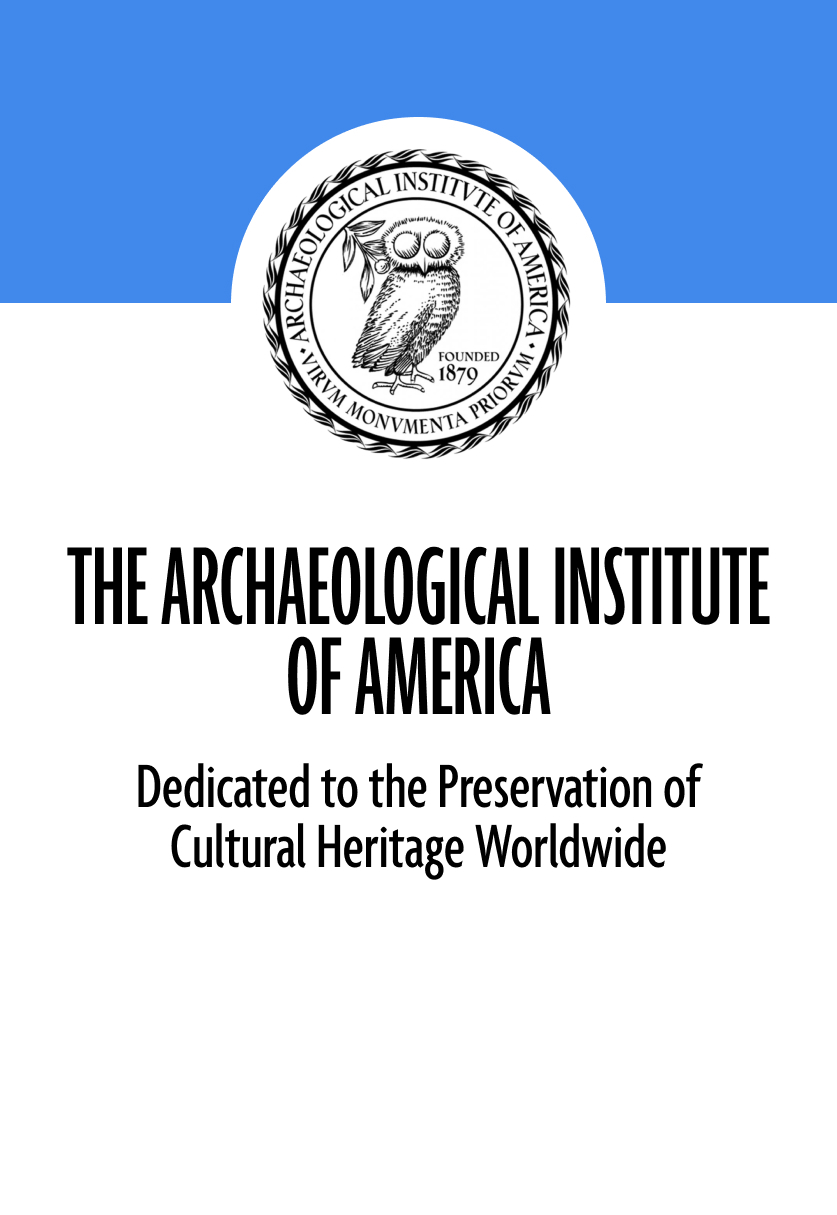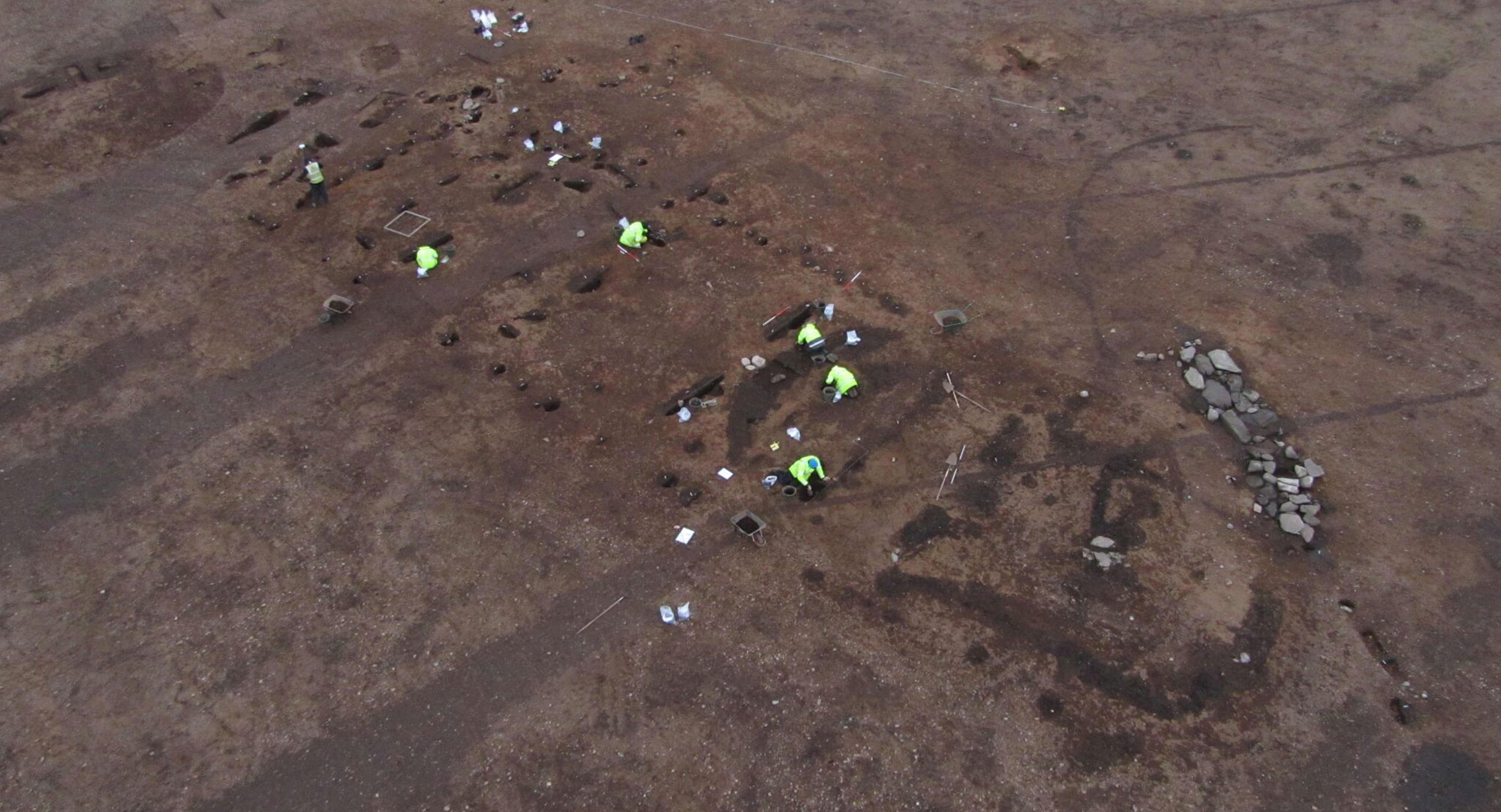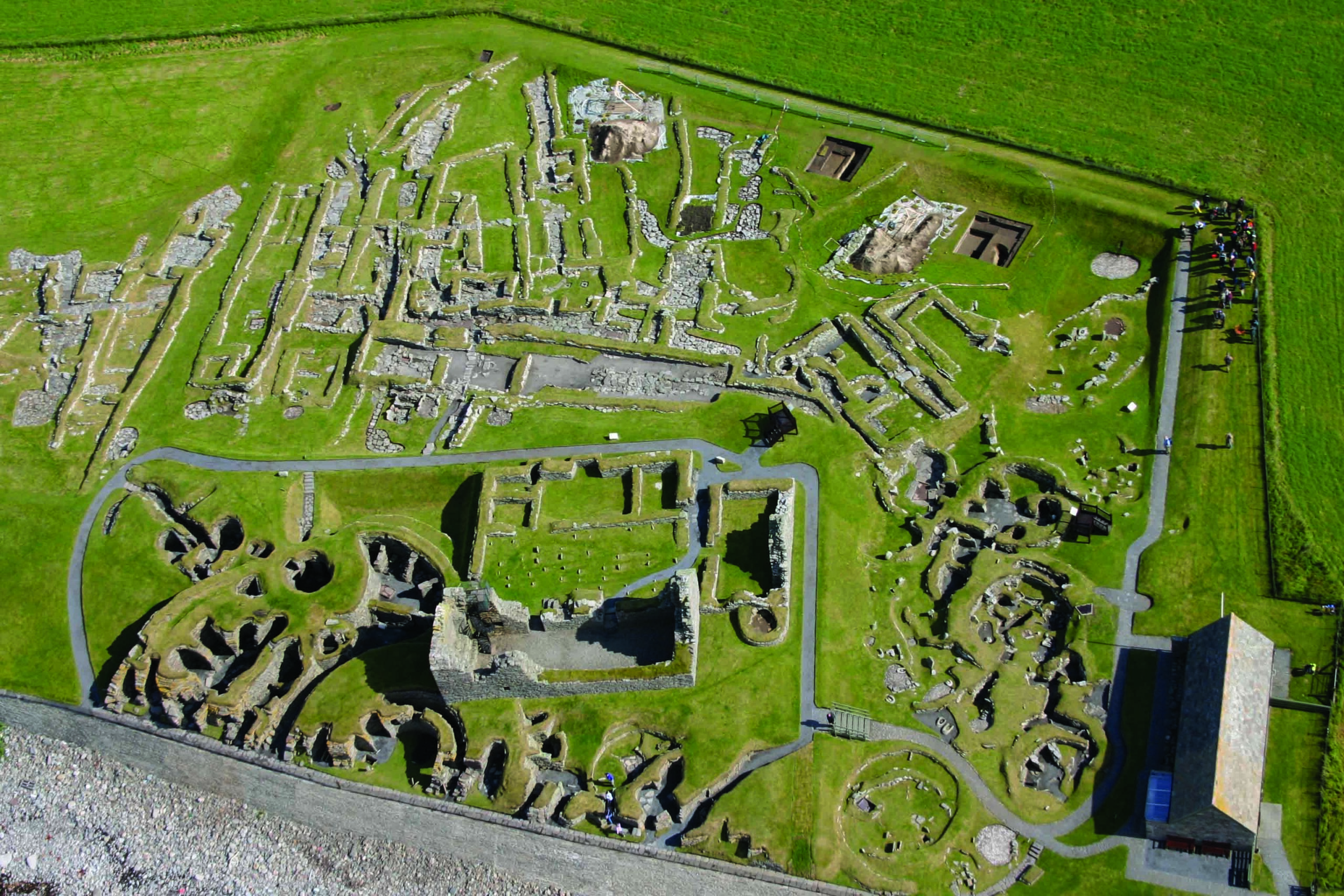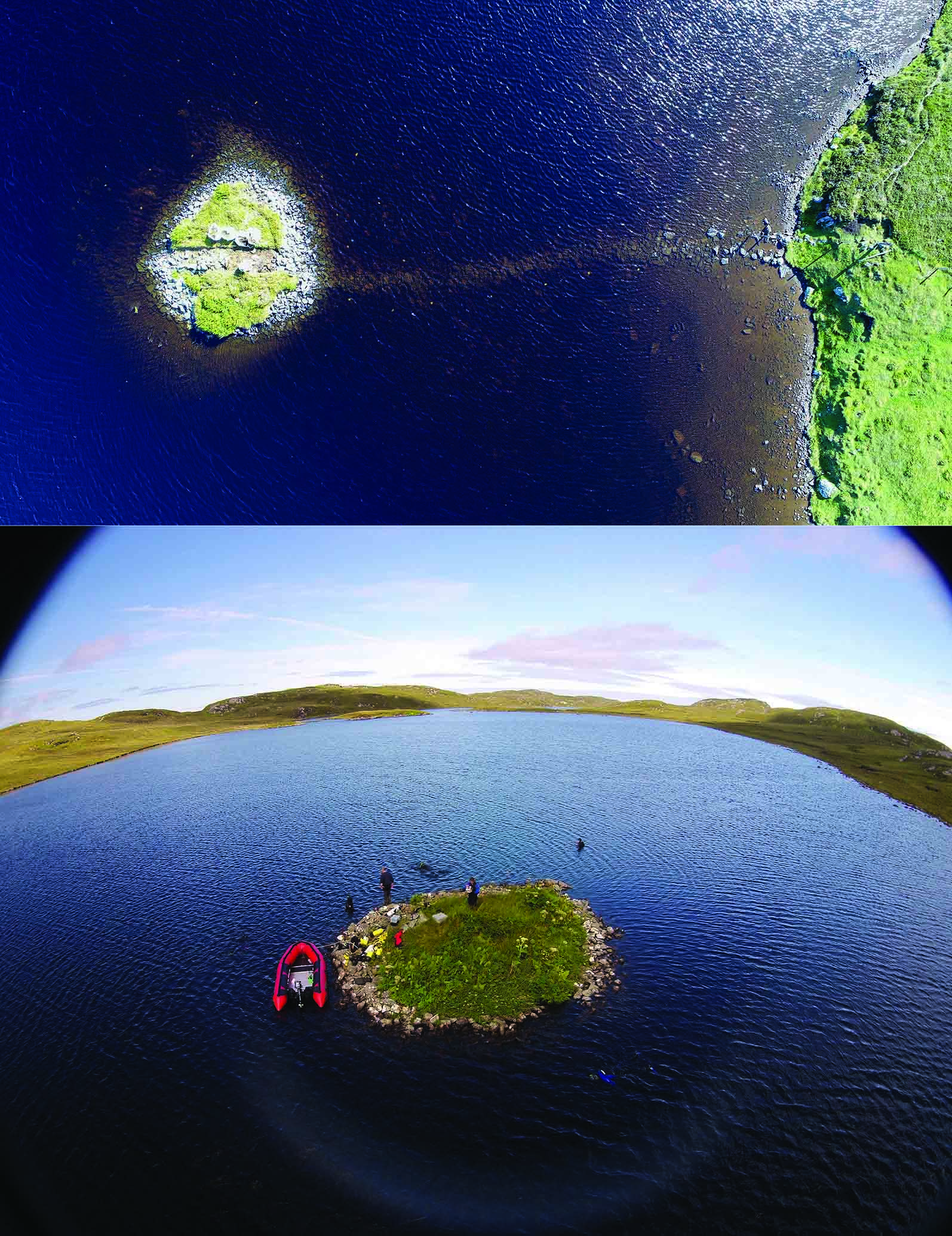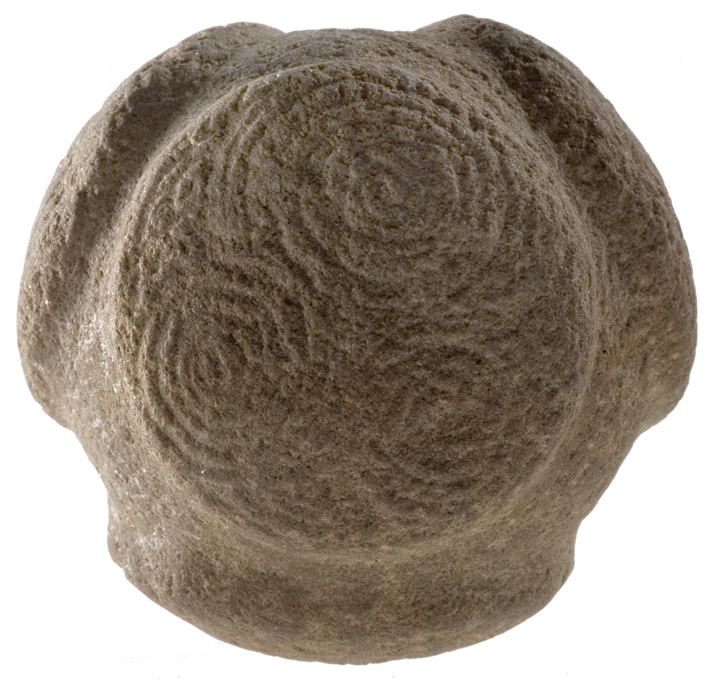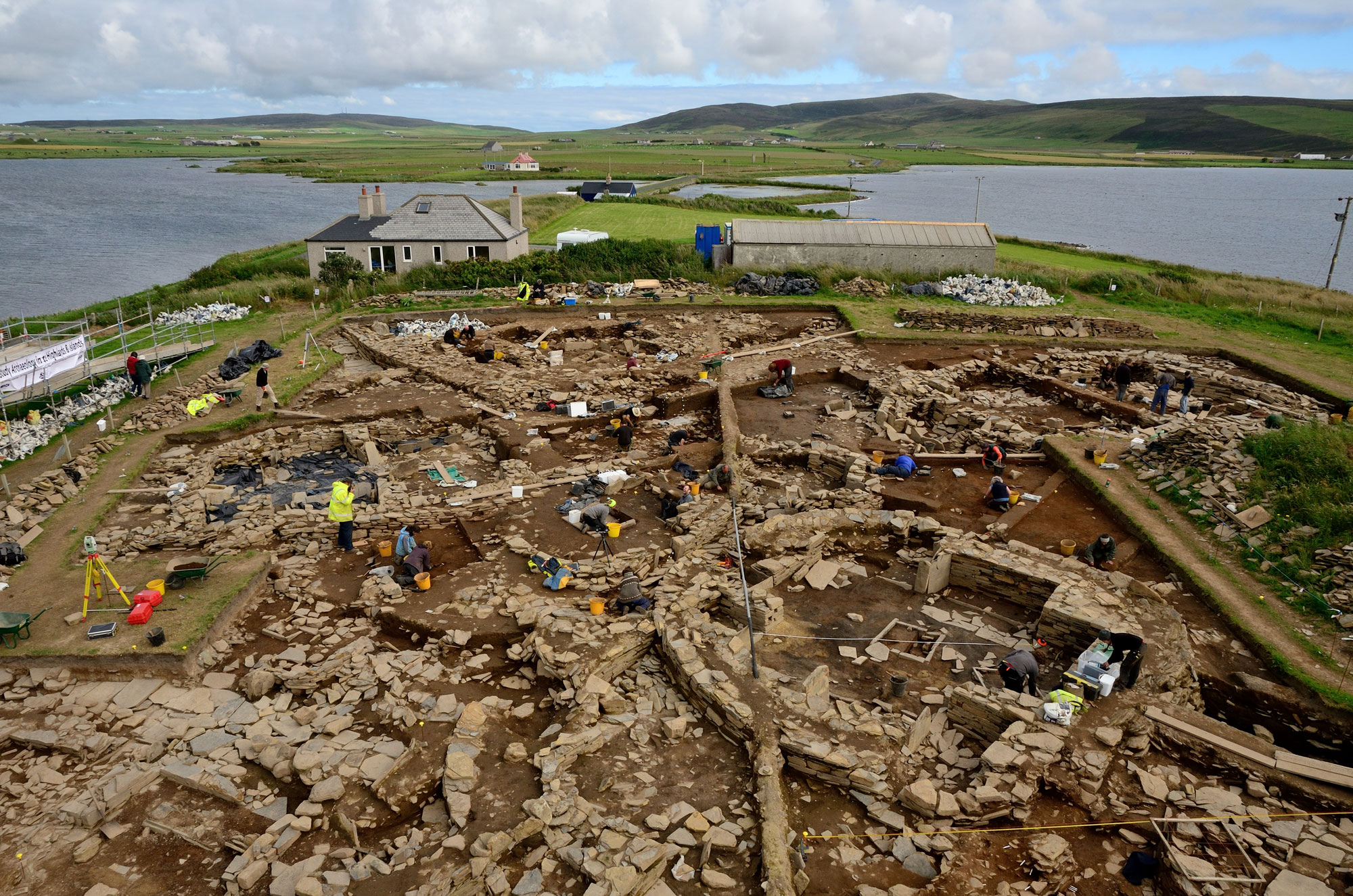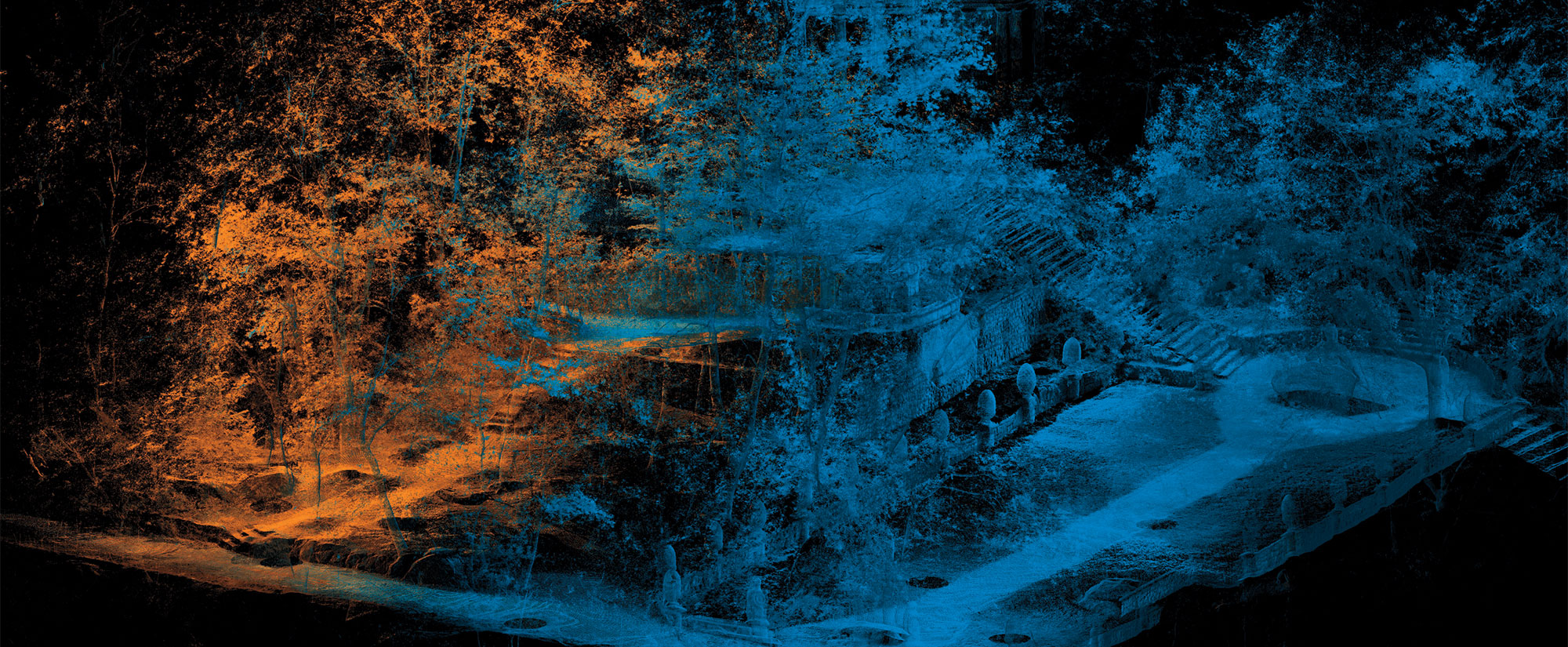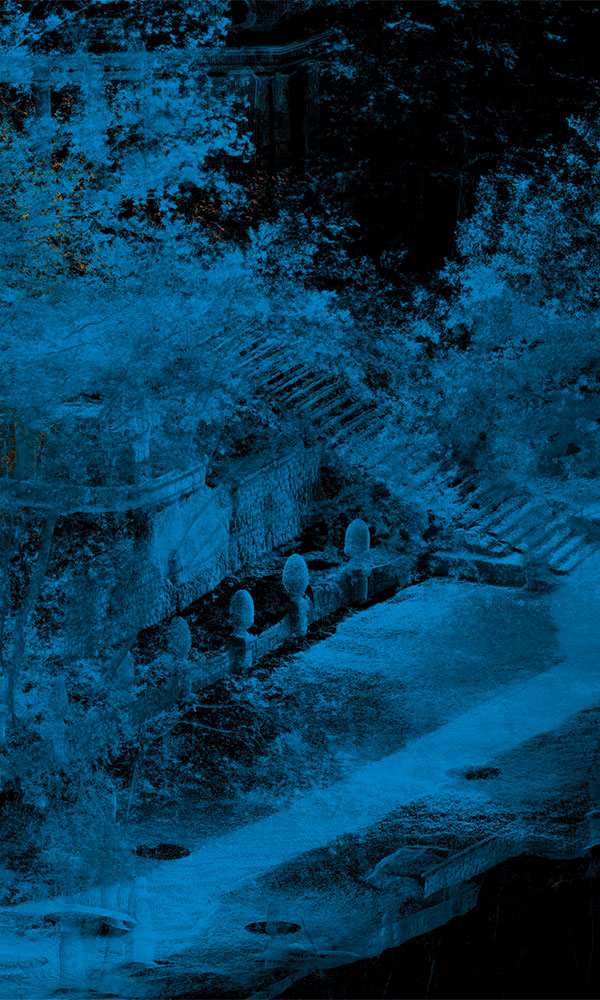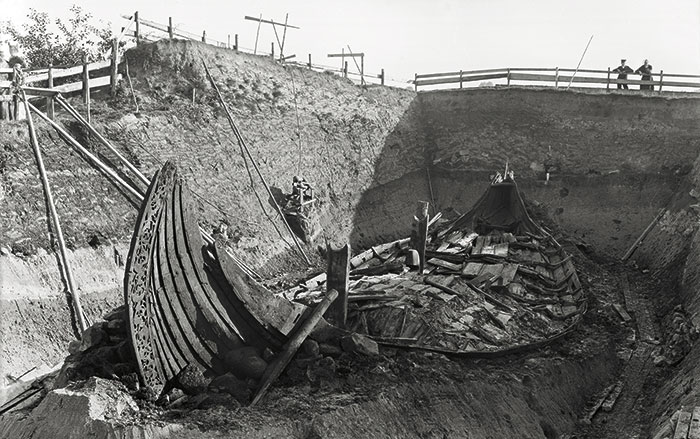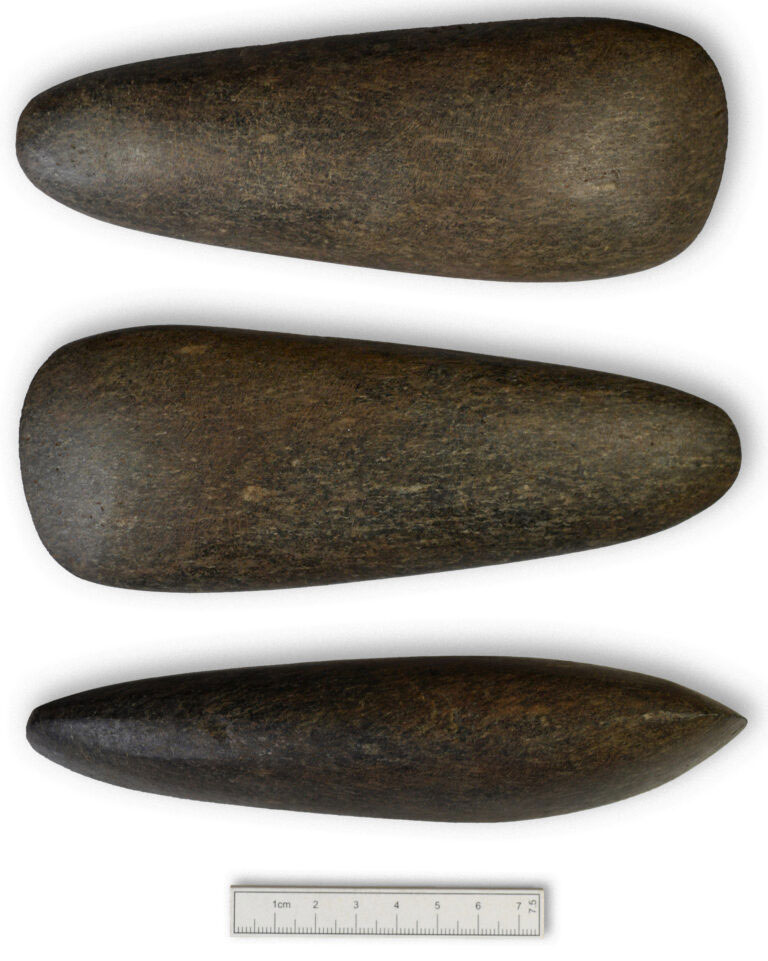
CARNOUSTIE, SCOTLAND—Scottish archaeologists recently unearthed the largest ancient timber building ever found in the country, reports The Herald Scotland. The discovery was made by a team from GUARD Archaeology working at a construction site for the local high school’s new soccer fields. The monumental 115-foot-long hall dates to around 4000 b.c., making it 1,000 years older than Stonehenge. Its design features wattle-and-daub walls, huge roof beams, and an interior space divided by postholes and narrow channels. Researchers believe that it was built by one of the earliest groups of farmers to colonize today’s Scottish territory. It may have been used for sacred ceremonies, as they found stone artifacts such as axes ritually buried within its walls. Unlike other Neolithic timber halls found in Scotland, this was not a standalone structure. A second building measuring 65 feet long was also uncovered nearby. Excavations within this smaller hall revealed a large hearth with charred cereal grains and hazelnut shells, suggesting it served a domestic function. “The availability of hazelnuts in autumn is a strong indicator that that season was an important one for meeting, feasting and celebrating,” said archaeologist Beverley Ballin Smith. “The Carnoustie timber halls may have been a focal point, their significance great enough to attract people from a much wider area.” Read the original scholarly article about this research in Archaeology Reports Online. To read about a Viking hall unearthed on the Scottish island of Rousay, go to "Skoal!"
